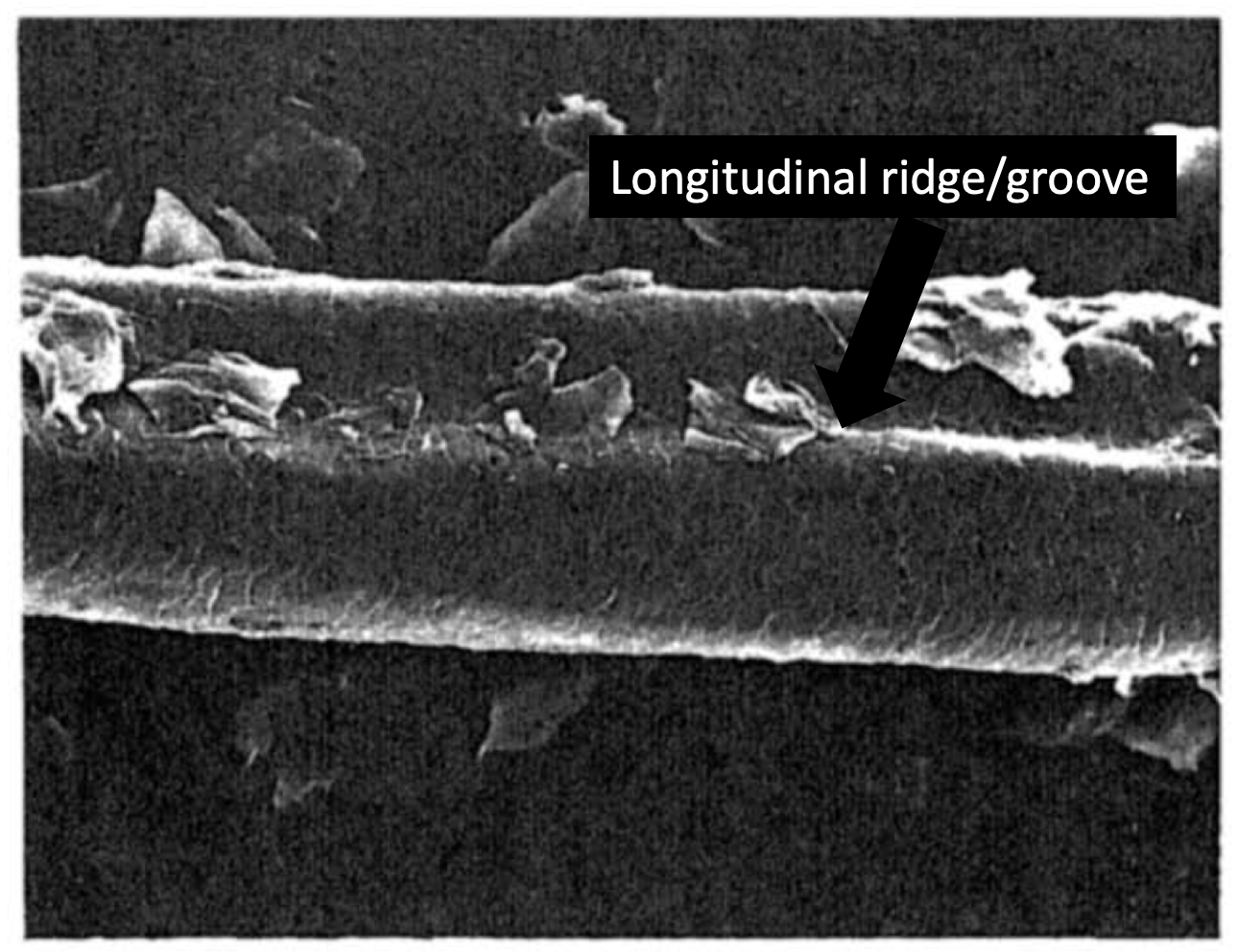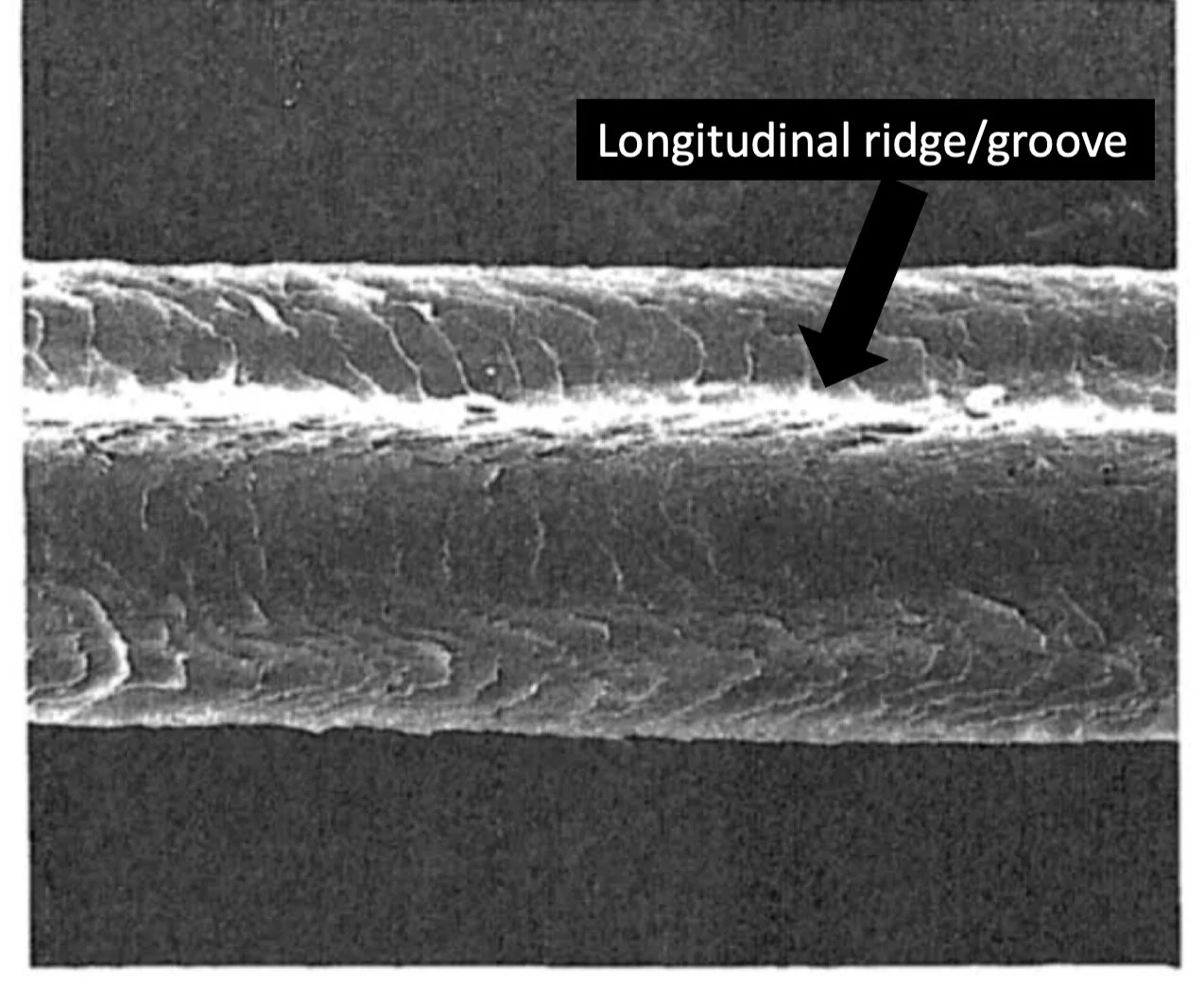The Uncombable Hair Syndrome
Uncombable Hair Syndrome
Uncombable hair syndrome (UHS) is an uncommon condition that typically arises in children. Parents come into the clinic with concerns that they can not longer do anything to help the hair look normal and sit flat on the scalp like it once did. UHS also known by many names including “spun glass hair syndrome,” “pili trianguli et canaliculi,” or “cheveux incoiffables.
UHS usually gets diagnosed in childhood. Children with UHS are usually have unremarkable (normal) hair in the first months of life. Then at some point between month 3 to even into the early teenage years hair becomes progressively dry frizzy, wiry and what is often termed ‘unmanageable.’ The hair stands out. It can no longer be combed flat. The hair is not fragile meaning that it does not break any easier than normal. Hair is typically silvery, blond or straw-colored.
UHS can be sporadic or inherited in an autosomal dominant or recessive manner. Several mutations have been identified so far. This include the genes PADI3 (peptidylarginine deiminase 3), TGM3 (transglutaminase 3), and TCHH (trichohyalin).
Most children are very healthy with no other issues. However, rarely UHS can be associated with ectodermal dysplasias, eye disease (retinitis pigmentosa, juvenile cataract), or extra digits (polydactyly).
The hairs can take on all sort of shapes including kidney shaped, flattened or even triangular shaped. The key to diagnosis is that 50 % of hairs are triangular or heart shaped in cross section. A longitudinal “groove” runs down the course of the hair shaft. Sometimes the abnormal shape can be seen in hairs placed in a paraffin block and cut in cross section for examination by light microscopy. However, electron microscopy is diagnostic.
The longitudinal ridge or grove is certainly not pathognomonic for UHS and can be seen in ectodermal dysplasia and in the Marie Unna hereditary hypotrichosis (MUHH) syndrome.
It’s not entirely clear if any treatment consistently helps patients with UHS. However, biotin has been suggested in one study by Shelley and Shelley in 1985.
Examples of Electron Microscopy in UHS
Longitudinal groove in a patient with uncombable hair syndrome. Photo from Shelley WB, Shelley ED. J Am Acad Dermatol. 1985
Longitudinal groove in a patient with uncombable hair syndrome. Photo from Shelley WB, Shelley ED. J Am Acad Dermatol. 1985
How I teach trainees and doctors about UHS in the Clinic
It’s difficult to visual what kind of hair gets produced in patients with UHS. The reality its that many different shapes are produced but some closely resemble …. celery!
Most normal hairs on the scalp are round or oval and so when you cut them in cross section they look round or oval. A cut carrot is a pretty good example of what human hair looks like when you cut it.
Hairs in UHC have a groove. They have a ridge that runs right down the hair. This groove can be a tiny groove or it can be a deep groove.
When once practices cutting celery a few times and examines the shape that is created - it becomes forever easy to remember the shape of hairs in UHS.
Other conditions like ectodermal dysplasia andMarie Unna hereditary hypotrichosis (MUHH) syndrome also have this grove and resemble celery as well.
References
Dupré et al. Bull. Soc. Fr. Dermatol. Syphiligr 1973
Basmanav et al. Am J Hum Genet 2016
Selvaag E. J Med Genet. 2000
Pereira. An. Bras. Dermatol. 2006
Shelley WB, Shelley ED. J Am Acad Dermatol. 1985
This article was written by Dr. Jeff Donovan, a Canadian and US board certified dermatologist specializing exclusively in hair loss.



